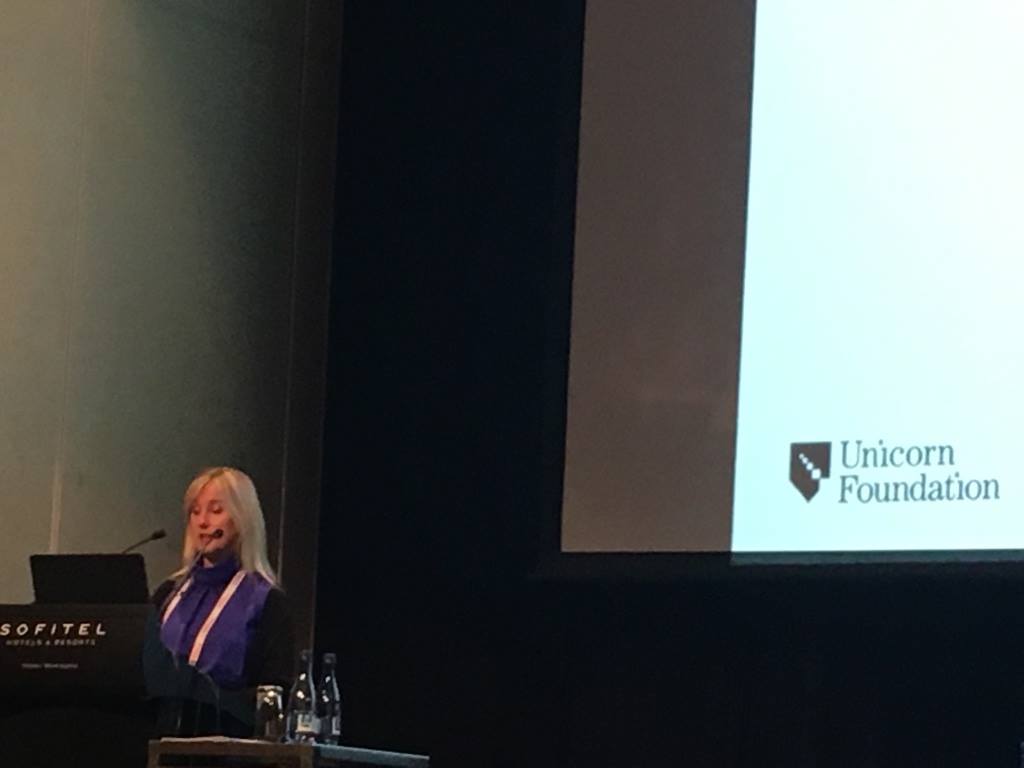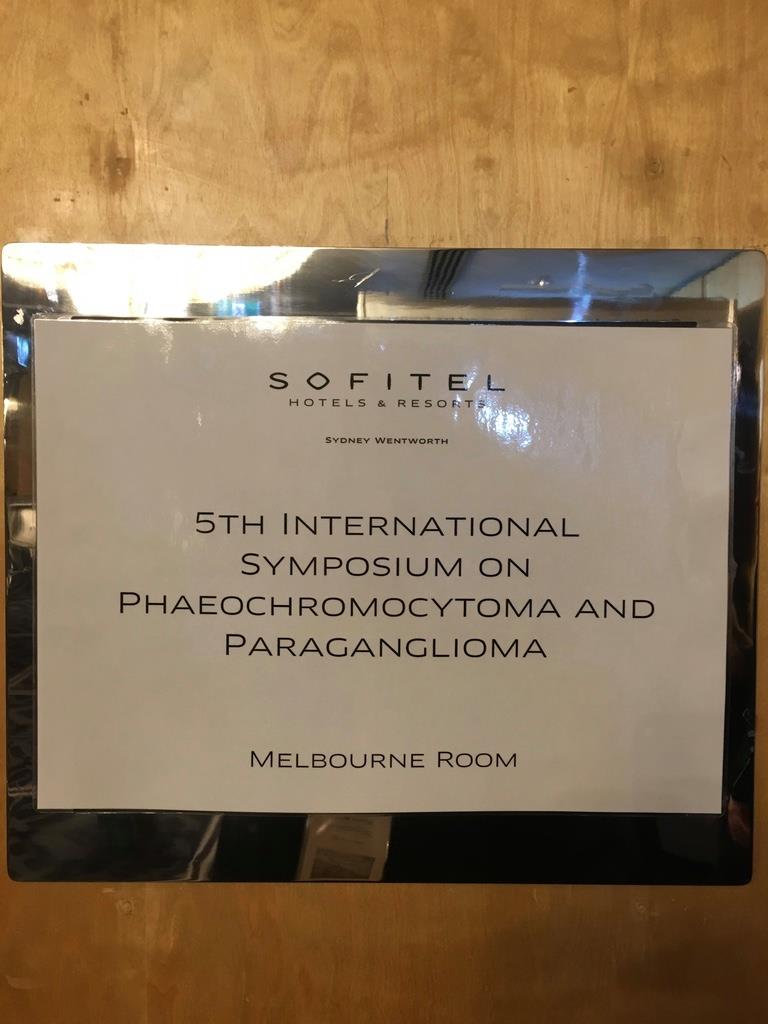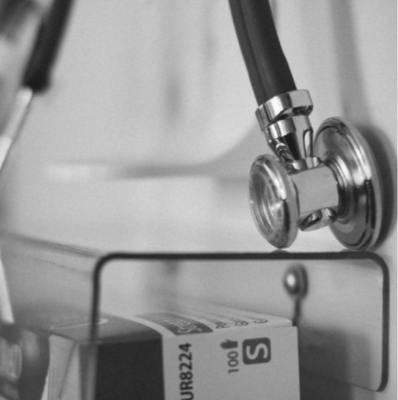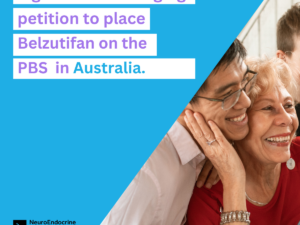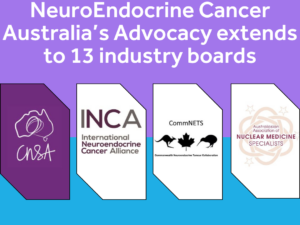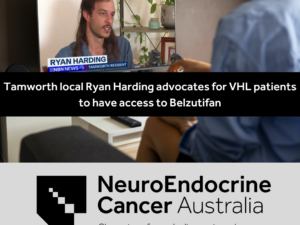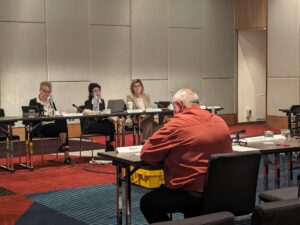The following article has been thoughtfully written by our CAG member, Jackie Barreau who attended this meeting:
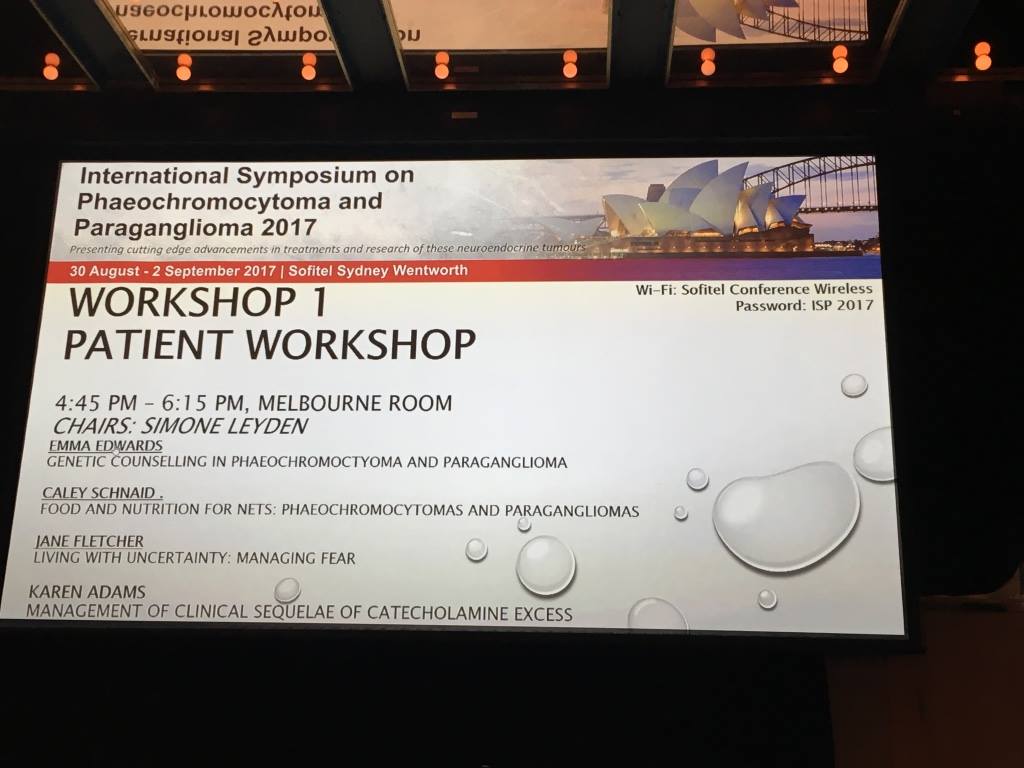
This international meeting brought together the leading experts from around the world in research and medicine to discuss the latest in treatment, diagnosis, imaging, genetics and research for patients with phaeochromocytoma and paraganglioma. The opportunity to unite patients from around Australia and the US was fantastic. As a member and admin of the AUS & NZ Phaeochromocytoma and Paraganglioma Facebook support group being able to finally meet patients and families face-to-face was amazing. A consumer lounge was a safe space for patients to meet, relax, unwind and talk openly. Ribbons were also offered to patients to pin to their lanyards to distinguish them from health care professionals. The Unicorn Foundation openly consulted with patients about what they would like to see at this conference in regards to the delivery of the patient workshop, and other considerations that patients felt were important for such a conference. The patient registration fees were dropped considerably to make this meeting affordable, who also had the added expense of accommodation and travel costs. Some patients were unable to attend due to ill-health.
With over 150 delegates from all around the world, approximately 23 were patients/carers (making up 15% of attendees), some travelling as far as Tasmania to be there. What did we learn from this event; that patients are willing to engage with researchers and clinicians beyond a passive approach, more so an active one. A patient workshop was embraced by all and videoed direct to the AUS & NZ Phaeo/Para Facebook support group. Patients took notes, brought laptops and smartphones were used to take video and photos of the presentation slides.
A major breakthrough at the conference came when a patient ‘invited’ clinicians and researchers during a session into the ‘Consumer Lounge’ to interact and speak directly with patients. It was impressive to see one particular endocrinologist waiting near the lounge for consumers to make their way back to the room. Once they were assembled he took notes on his I-pad, genuinely engaged with their journey to diagnosis. Several researchers and clinicians made their way into the room and introduced themselves.
A journal article by JMIR Publications cites Patient Participation at Health Care Conferences: Engaged Patients Increase Information Flow, Expand Propagation, and Deepen Engagement in the Conversation of Tweets Compared to Physicians or Researchers http://www.jmir.org/2017/8/e280/
‘We previously reported on the importance of including patients in medical conferences and identified four pillars of patient involvement in academic medical conferences [14]. These four pillars include accommodation (considering the physical needs of patients), codesign (patients codesign conference along with program creator), engagement (including patients in the audience and as presenters), and education and mentorship (guide patients toward conference stakeholder collaboration). By involving patients in health care conferences, a new voice is added to the discussion. Arguably, the ultimate purpose of health care conferences and health care is to improve the lives of patients and their families. By actively including patients in the conversation, patients are able to share their thoughts and express the issues that matter most to them [15]. Inclusion and engagement of patients can help drive information dissemination in health care conferences and widen research agendas to include new patient-centred domains.’
From discussions with the PheoPara Alliance newly merging with the PheoPara Troopers having grants available to allow patients to travel to these events needs to be high on the agenda for future meetings. Whilst we still have a way to go, providing opportunities for patients to engage and be involved in these scientific conferences aims to strengthen partnerships and collaborations in research. We know patients are the most underutilized resource in health care – this is well documented. It’s time to break down these barriers after all we are chasing the same goal – to improve quality of life for patients and to ultimately find a cure in the process.
